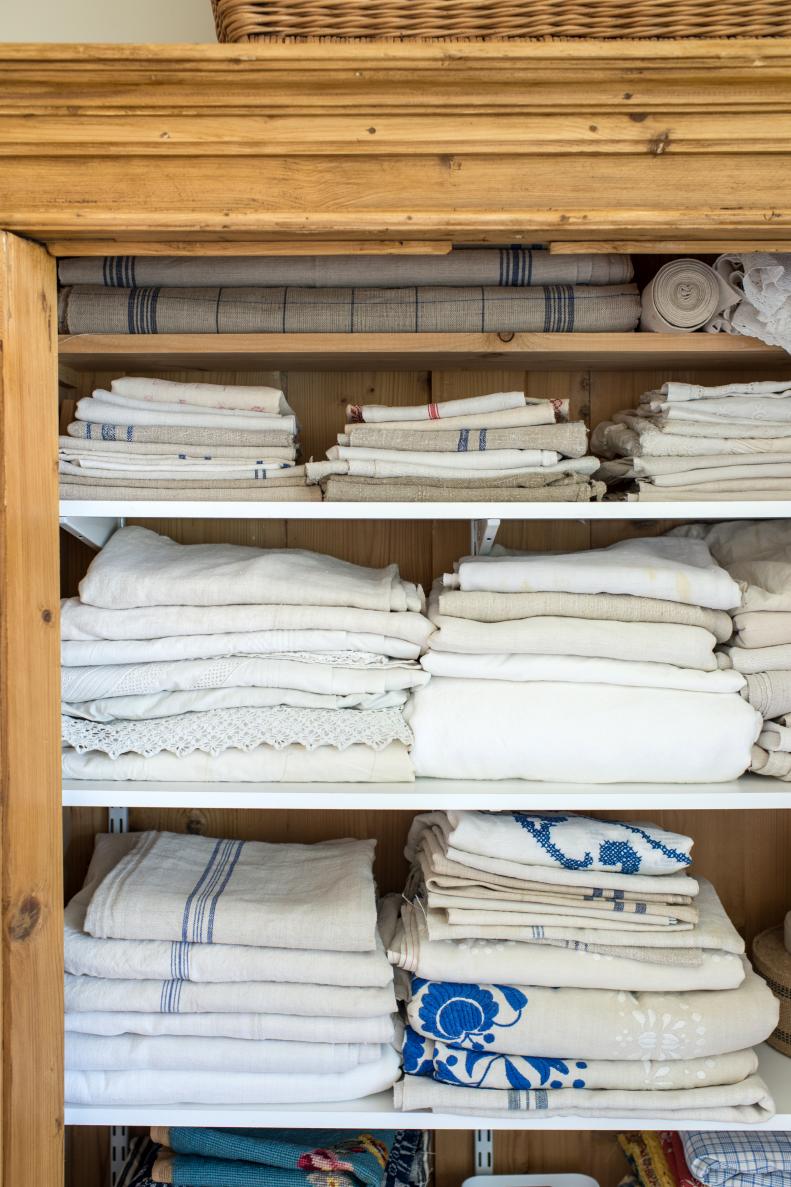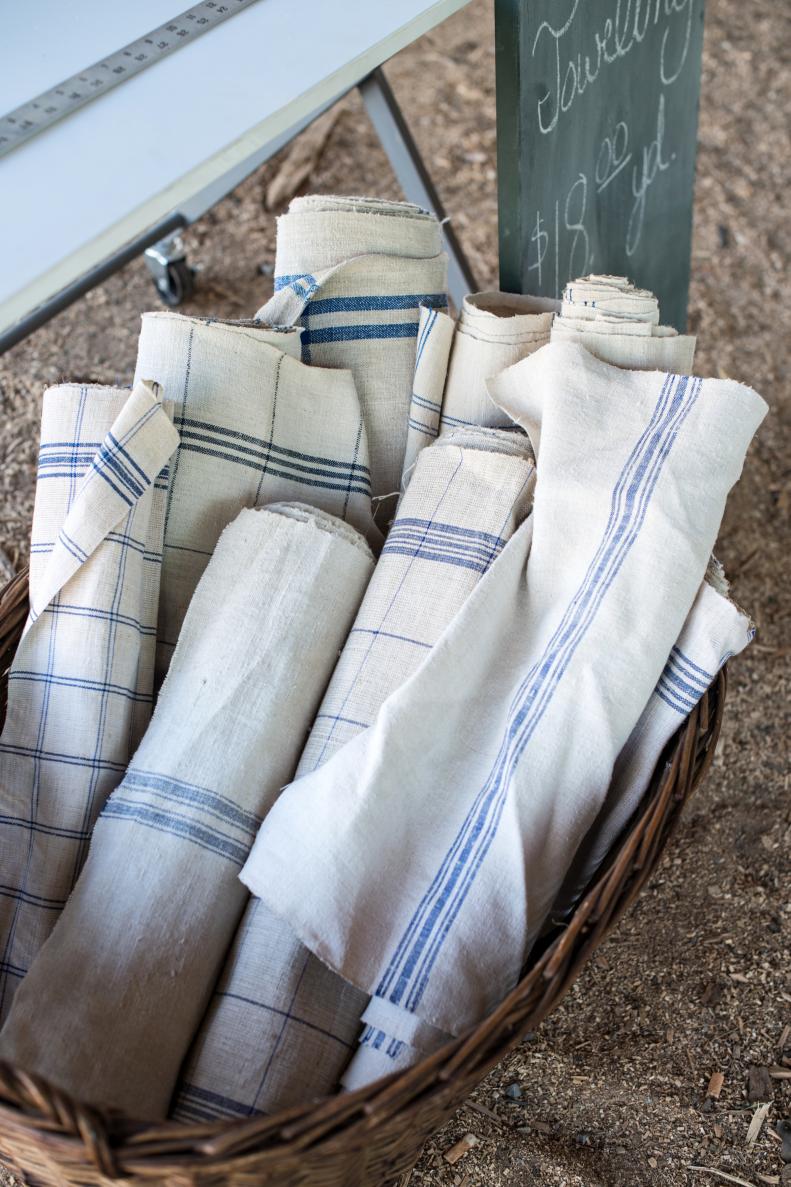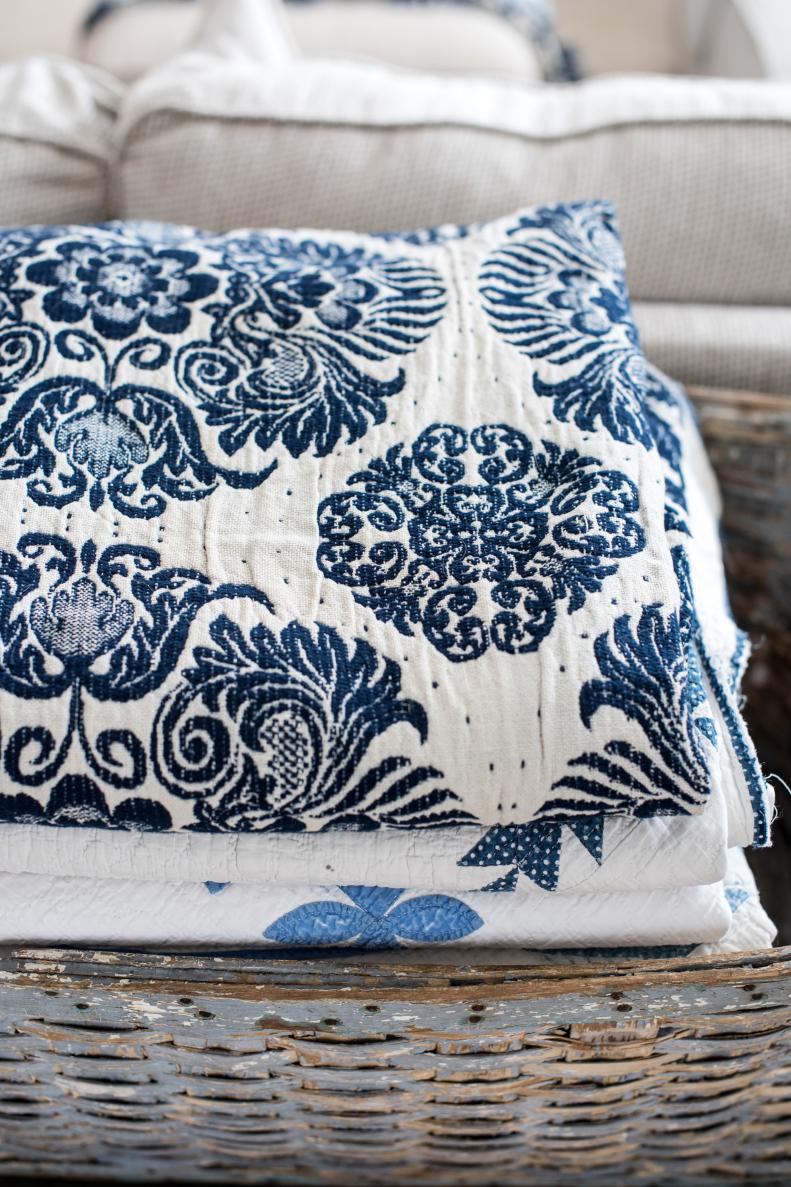1 / 10
Photo: Marian Parsons
What to Collect Now
Antique linens and textiles have long been on the list of desirables for collectors thanks to their quality workmanship, versatility, and usefulness even in a modern household. Which textiles are "hot" in the market changes through the years, though. Which ones are hot right now? Look for grain & feed sacks, European textiles (flax, hemp, linen), quilts from the 1800’s-1930’s, ticking stripe, monogrammed and embroidered linens and woven coverlets. Quality is key: select pieces that are in good, useable condition.









